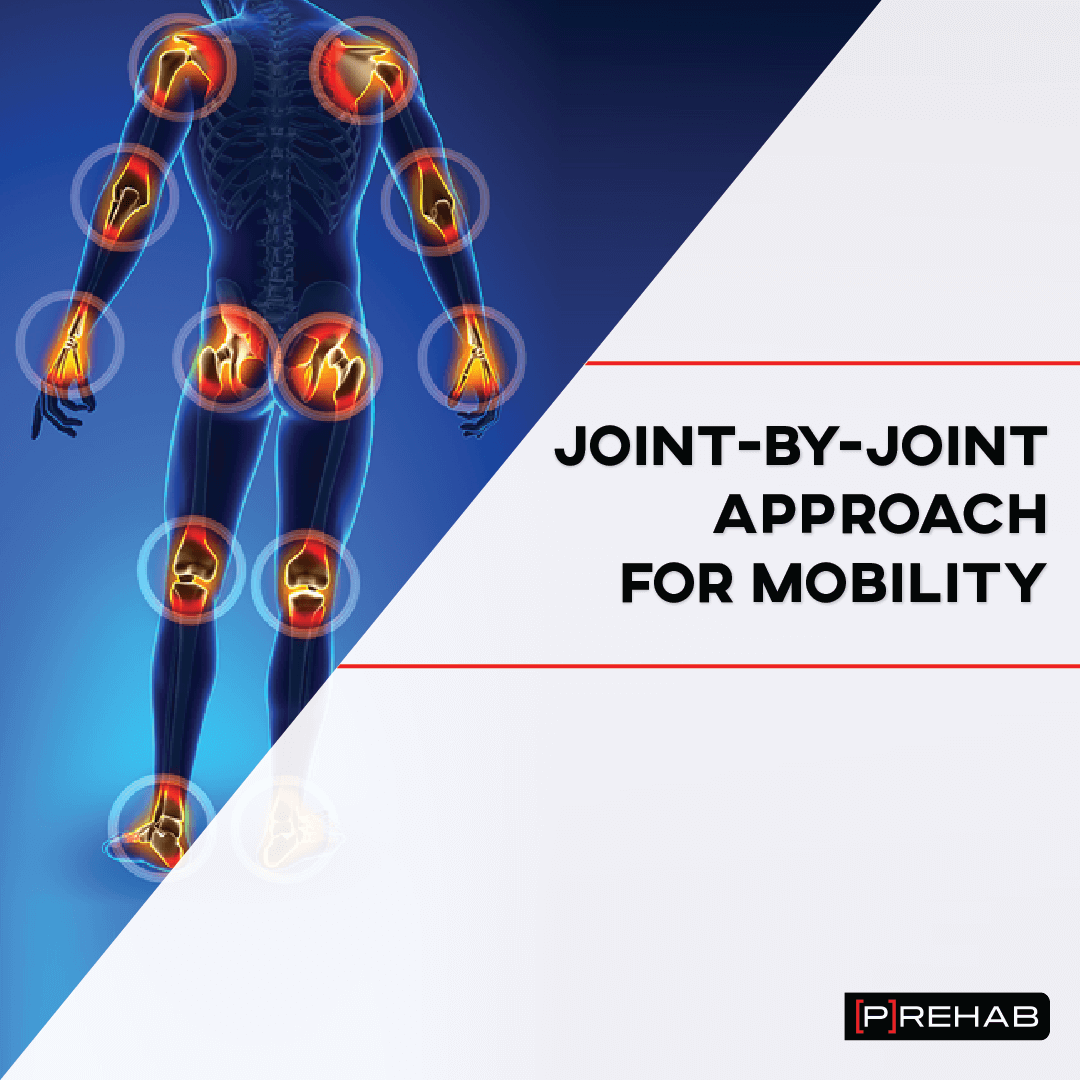
Have you ever experienced pain in a joint and/or muscle? Well, you are not alone. It is pretty safe to say that everyone at some point in their life will experience some sort of musculoskeletal pain. Traditionally, we are quick to blame the affected body part and address it in a localized fashion. What if I told you that your bad knees, shoulder, low back, etc. are only the victims of a dysfunction elsewhere in your body? Treating the ‘painful’ body part can potentially improve your symptoms, but ultimately this remedy is destined to only be temporary, as the dysfunction elsewhere in the body is left untreated. Think of it as having a flat tire in your car and trying to fix the steering wheel for not working properly. Learn how to independently understand, identify problems, and improve your body’s mobility. Consequently, learn how to address pain anywhere in your body with a more promising and lasting approach! In this article, we are going to show you the joint-by-joint approach for mobility to enhance your movement patterns!
What is the Joint-by-Joint Approach?
It is no secret that human movement is extremely complex. Walking alone requires essentially every muscle in your body to either move or stabilize a body segment, working in harmony, to deliver a ‘simple’ step. Needless to say, attempting to dissect human movement can be overwhelming. Thankfully, Mike Boyle and Gray Cook created a simple, yet revolutionary concept explaining why movement dysfunctions and consequent injuries occur.
Boyle and Cook suggested that the body could be seen as “just a stack of joints” with each having a main function that alternates between the need for mobility and stability, starting from the bottom-up. Explaining that if a deemed ‘mobile’ joint lacks the necessary mobility, the ‘stable’ joint above or below will have to compensate for this deficit, which could result in pain and/or injury.
Mobility refers to the ability of a joint in the body to move through its full and expected range of motion without interference, not to be confused with the flexibility (stretch tolerance of a muscle). On the other hand, stability refers to the ability of a joint segment to adequately allow controlled movement or willingly limit it at a specific body part.
Dealing With Stiff Hips? Gain Better Hip Mobility With Our Program!
The powerhouse of the movement system: the hip. With all of the force is can generate and without purposeful attention this joint can start to feel pretty stiff. It’s a ball and socket joint by design meaning it was made to move in all planes of motion. If you want to optimize your movement system hip mobility is a great choice!
Significance of Joint-by-Joint Approach to Daily Life
Whether you are a professional athlete, weekend warrior, or avoid athletic activity at all costs, movement is inevitable. As society and technology continue to evolve, sedentary lifestyles become much more prevalent, creating an array of movement dysfunctions in the process. The problem with movement dysfunctions is that they can often be masked by a lack of symptoms, but much like a tight pair of pants, it’s a matter of time before they break.
Unfortunately, it is not until pain shows its ugly face that people seek a remedy. Although Physical Therapy is certainly effective at treating pain, it is also incredibly effective at preventing it. Regardless of your current physical condition, pain or painless, I encourage you to learn how to identify your movement dysfunctions and treat them independently.
Guidelines for Treatment
As previously mentioned, lack of mobility can cause a lack of stability, which in turn can lead to pain and/or injury. Following that logic, the first step is to identify and fix the existing mobility deficits, as they are usually the root of your problem. Just like weeds in your garden, pulling out the roots is necessary to get rid of them.
For the purposes of this blog, we will discuss how to identify and address decreased mobility, as it is the more commonly occurring issue. However, it is also true that one can have ‘normal’ or even ‘hyper’-mobility with the inability to adequately control it. Meaning lack of stability is the underlying cause of the overall movement dysfunctions.
Ankle Mobility
The foot and ankle are the base of our entire body when standing. Lack of mobility at this joint, more specifically dorsiflexion, can force the rest of the body to compensate and make up for it elsewhere. Directly affecting the ‘stability’ joints up the chain. Activities as simple as walking, sitting down, squatting, and jumping can be affected by a lack of mobility at the ankle.
‘Stability’ Joints Compromised
Knee: To put it simply, the knee was made to bend and extend in one direction only. It has minimal rotational or side bending abilities. However, if the ankle is not moving as it should, the knee is left with the task of dissipating the stress that the ankle passed upwards. Obligating it to move in those ways it was not designed to move. A common example of this would be the infamous ‘knee valgus’, which undoubtedly could lead to injury.
READ: HOW TO PREVENT KNEE VALGUS
Lumbar spine (low back): An easy way to visualize the interconnectedness of the ankle and the spine is by performing a squat. If the ankle’s dorsiflexion comes to a halt during the descending portion of a squat, meaning the knees are simply not allowed to continue moving forward. Then the body will compensate by rounding the low back in order to maintain balance and reach further depth. Needless to say, repetitive bending of the spine under load can certainly create problems. Now try another squat, but this time with your heels lifted on a slanted surface (as in wearing heels or lifted shoes). Was it easier to do? That is because your ankle did not need to dorsiflex as much.
Do you have adequate ankle mobility? Check it out.
Assess Your Ankle Dorsiflexion
Test DESCRIPTION: The Knee To Wall Ankle Dorsiflexion Assessment is a reliable tool developed and used to evaluate ankle mobility, specifically ankle dorsiflexion range of motion in a closed kinetic chain environment. Please watch the video to get a visual demonstration of how to perform the test and what to be mindful of. Below you will find a description of how to do so.
Test INSTRUCTIONS: Get set up in a half kneeling position near a wall with your foot barefoot on a firm surface. Begin the test by positioning your big toe at least 4-fingers from the wall with your foot facing 12 o’clock. Then, while keeping your heel flat on the ground, try to move your knee directly forward over your toes in attempt to touch the wall. If your knee is able to touch the wall, move your big toe backward, away from the wall, and try again until you find the exact distance that you can just touch the wall with your knee before your heel lifts.
Take a break and perform on the other side, record your score in terms of how far your big toe is from the wall in inches, centimeters, or fingers (whichever you prefer, just make note of it so you remember when it comes time for reassessment).
Some rules to remember with this assessment. Make sure your heel stays on the ground. Be mindful of your arch position, it is ok for your arch to lower a little bit, but don’t completely drop your arch so it is flat on the ground. Be sure to reference the entire video again before performing this assessment again on both sides to improve your performance.
LISTEN: ANKLE DORSIFLEXION WITH [P]REHAB
If you find that you are lacking ankle dorsiflexion, here are some exercises that you can implement into your routine!
Ankle Dorsiflexion Distraction
Hip Mobility
The hip is a complicated joint segment because it is designed to be one of the most mobile joints in the body, but to function effectively it also requires a high level of stability. Unfortunately, as we age the hip tends to lose its mobility, and living a sedentary lifestyle speeds up this process. Furthermore, loss of mobility at the hip feeds into consequent loss of stability at the same joint, in addition to the one above and below.
Quick Tips To Fix Your Tight Hips
‘Stability’ Joints Compromised
Lumbar spine (low back): If the hip lacks flexion and internal rotation mobility, the spine will have to bend forward to make up for it. Try to touch your toes while keeping your back straight, do not worry, not succeeding is completely normal in this case. More than likely at some point during the movement, you had to bend your back to reach further down. Conversely, if the hip lacks extension and external rotation, the back will have to bend backward to account for the loss of mobility. Now place your hands on your hips and try to bend backward at the hip while keeping your back straight. Much like in the other example, your spine will have to bend backward to continue moving, which is also completely normal. With that being said, if the hip lacks adequate mobility while performing activities as common as walking, running, squatting, jumping, etc. the low back will have to compensate for it.
Knee: This most commonly occurs due to lack of stability at the hip, from improper activation of the hip abductors, external rotators, and extensors. Furthermore, the low back can also be directly affected for the same reasons. Nonetheless, restoring hip mobility first is still paramount before addressing stability. The goal of addressing mobility first is to position the hip in correct alignment, allowing it to function adequately. Then, we can train stability by teaching the muscles to fire as needed.
Do you need more hip mobility? Check out these exercises!
Lunge Hip Flexion Stretch
Sample Hip Mobility Overhaul [P]rehab Program Exercise Video
- HOW: Begin in a runner’s stance position. Lower your body as if you are reaching the elbow towards the heel of the leg in front. Really sink down as far as you can. With each exhale sink a bit deeper.
- FEEL: You should feel a butt and groin stretch on the foot that you take a step forward with as well as a hip flexor and groin stretch on the back leg.
- COMPENSATION: Do not excessively round your upper back when in this position. You can use a yoga block to hold you up if you are limited.
Hip 90/90 External, Internal, and Extension Stretch
The Prehab membership is the anti-barrier solution to keeping your body healthy. Access state-of-the-art physical therapy, fitness programs, and workouts online in the comforts of your own home or gym! Taking control of your health with exercise & education from the palm of your hand has never been easier. Get access to 50+ programs, 100+ unique workouts, and 3000+ exercises to build your own workout routines. Trial it for free, and learn how to get out of pain, avoid injury, and optimize your health with [P]rehab!
Thoracic Mobility (Mid and Upper Back)
This joint complex is frequently under-evaluated and undervalued, considering its importance for posture and human movement. Who has not spent hours slumped in a chair staring at a phone? I know I have. Unfortunately, sustaining the mid and upper back in a forward bent or ‘rounded’ posture for extended periods of time, for years on end, has potentially negative consequences. Through time, the mid and upper back adapts to this position and adopts it. Consequently, losing its mobility in the process.
‘Stability’ Joints Compromised
Neck: With the mid and upper back in a ‘rounded’ position, the neck is forced to extend (bringing the chin up), in order to not stare directly at the ground. Not only could this posture stress the vertebrae in the neck, it also tenses the upper back muscles as they are tasked with maintaining the head looking up.
Lumbar spine (low back): Similar to the neck, with the mid and upper back ‘stuck’ in a ‘rounded’ position, it has lost its ability to fully extend (straighten). Therefore, the low back is now obligated to extend to maintain a ‘fake’ upright posture. This problem is aggravated by misalignments at the hip previously mentioned. No different than in the neck, this maintained posture also affects the lumbar vertebrae and places increased stress towards the low back muscles in order to maintain an over extended posture.
Scapulae (shoulder blades): More often than not, a ‘rounded’ mid and upper back, will result in rounded shoulders as well. Consequently, the shoulder blades are now protracted (slide forward) and upwardly rotated (top of shoulder blade rotates towards spine, bottom rotates away from the spine). As you would expect, this affects the length and tension of different surrounding muscles. Additionally, the aforementioned motion of the shoulder blades (protraction and upward rotation) must occur during the act of raising your arm overhead. However, this motion has already occurred by maintaining the ‘rounded’ back posture. Try it for yourself, sit in and maintain a slumped posture and try to lift your arm above your head. Now sit upright and do it again. Your shoulder should have been able to move better when you were sitting upright. Like a domino effect, lack of mobility at the mid and upper back leads to lack of stability at the shoulder blade, subsequently causing lack of mobility at the shoulder. Evidently, this can cause pain and/or injury at the shoulder.
Are you lacking adequate thoracic spine mobility? Check out these awesome exercises to improve your mid back motion!
Thoracic Spine Mobilization
- HOW: Sit back on your heels with your knees on the ground and your toes pushing into the ground. Rest your arms in front of you on a swiss ball. Roll the ball out with your arms as you take your chest to the ground. Hold that stretch when you can’t roll the ball out any further for the prescribed amount of time.
- FEEL: You should feel a stretch in your mid back.
- COMPENSATION: Don’t roll to either side, roll the swissball out straight in front. Stay seated on your heels to get the best stretch.
Cat Cow Thoracic Spine Bias
Closing Thoughts
Lacking mobility anywhere in the body can lead to breakdowns and compensations elsewhere in the body, potentially causing pain. Treating the painful area in your body in a localized fashion can help reduce symptoms. However, chances are this will only function as a temporary relief, as the dysfunctional area and culprit for your pain is left untreated. Identifying and addressing mobility deficits in the body by utilizing the joint-by-joint approach is the first step to permanently fixing your pain.
Take Your Hip Mobility To A New Level With Our Programming
The powerhouse of the movement system: the hip. With all of the force is can generate and without purposeful attention this joint can start to feel pretty stiff. It’s a ball and socket joint by design meaning it was made to move in all planes of motion. If you want to optimize your movement system hip mobility is a great choice!
References
- Cook, Gray. Movement: functional movement systems: screening, assessment, corrective strategies. On Target Publications, 2018.
- Boyle, Michael. “A Joint-by-Joint Approach to Training.” T Nation. 20 June, 2007. https://www.t-nation.com/training/joint-by-joint-approach-to-training. Accessed 15 Jan. 2021.
- Horschig, Aaron. The Squat Bible: the ultimate guide to mastering the squat and finding your true strength. 2017.
- Wilkins, Tyler. “Mapping EXOS Rehab Methodology: movement-based therapy concepts and clinical reasoning across the continuum.” EXOS. Volume 2. Feb. 2020.
Disclaimer – The content here is designed for information & education purposes only and is not intended for medical advice.
About the author : [P]rehab
2 Comments
Leave A Comment
You must be logged in to post a comment.




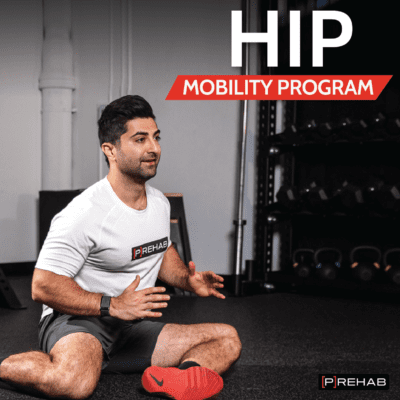
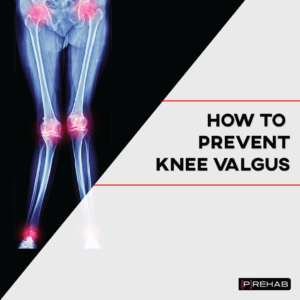
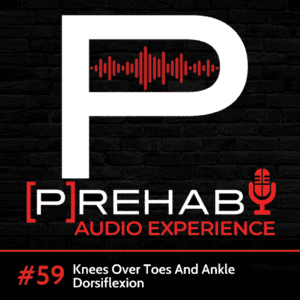

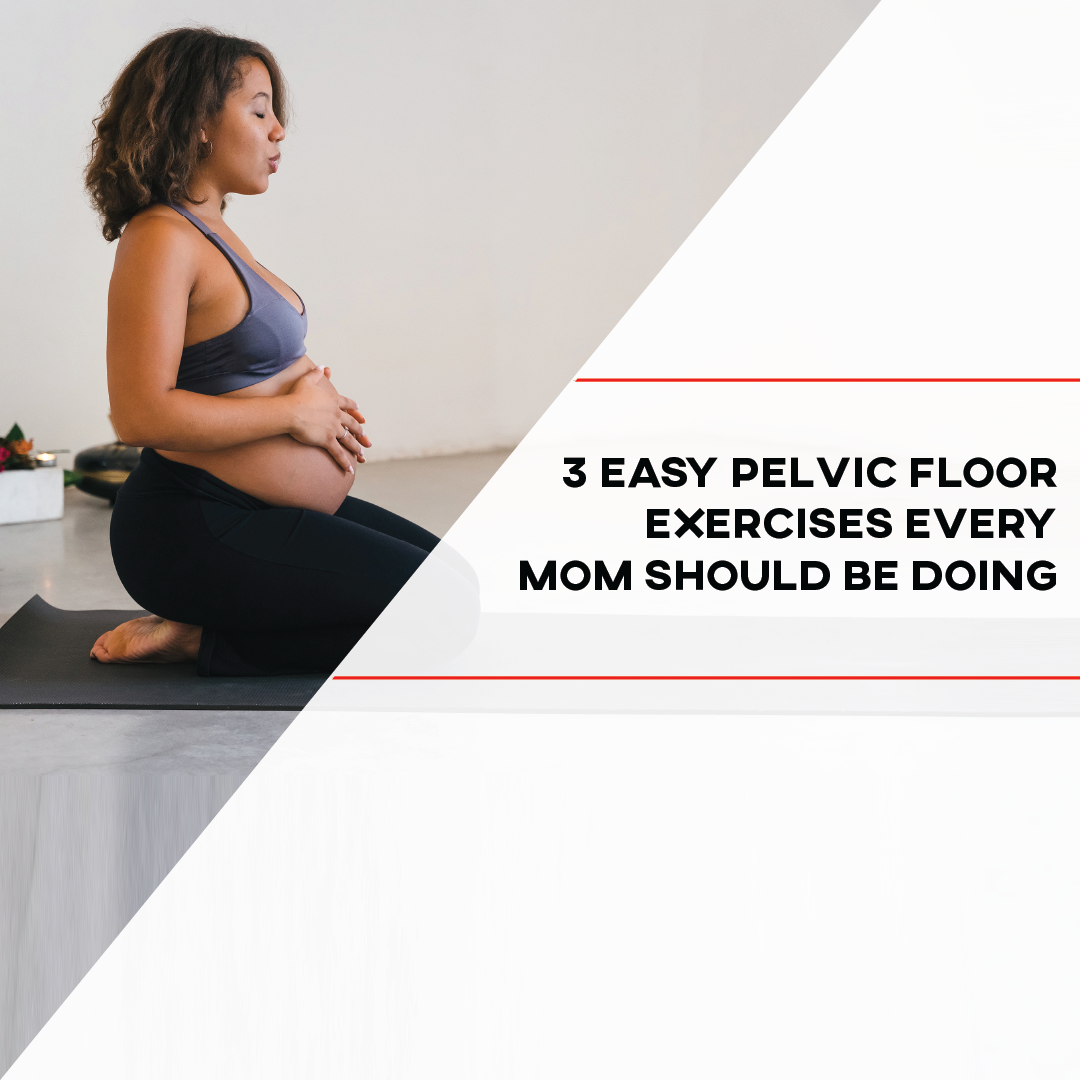
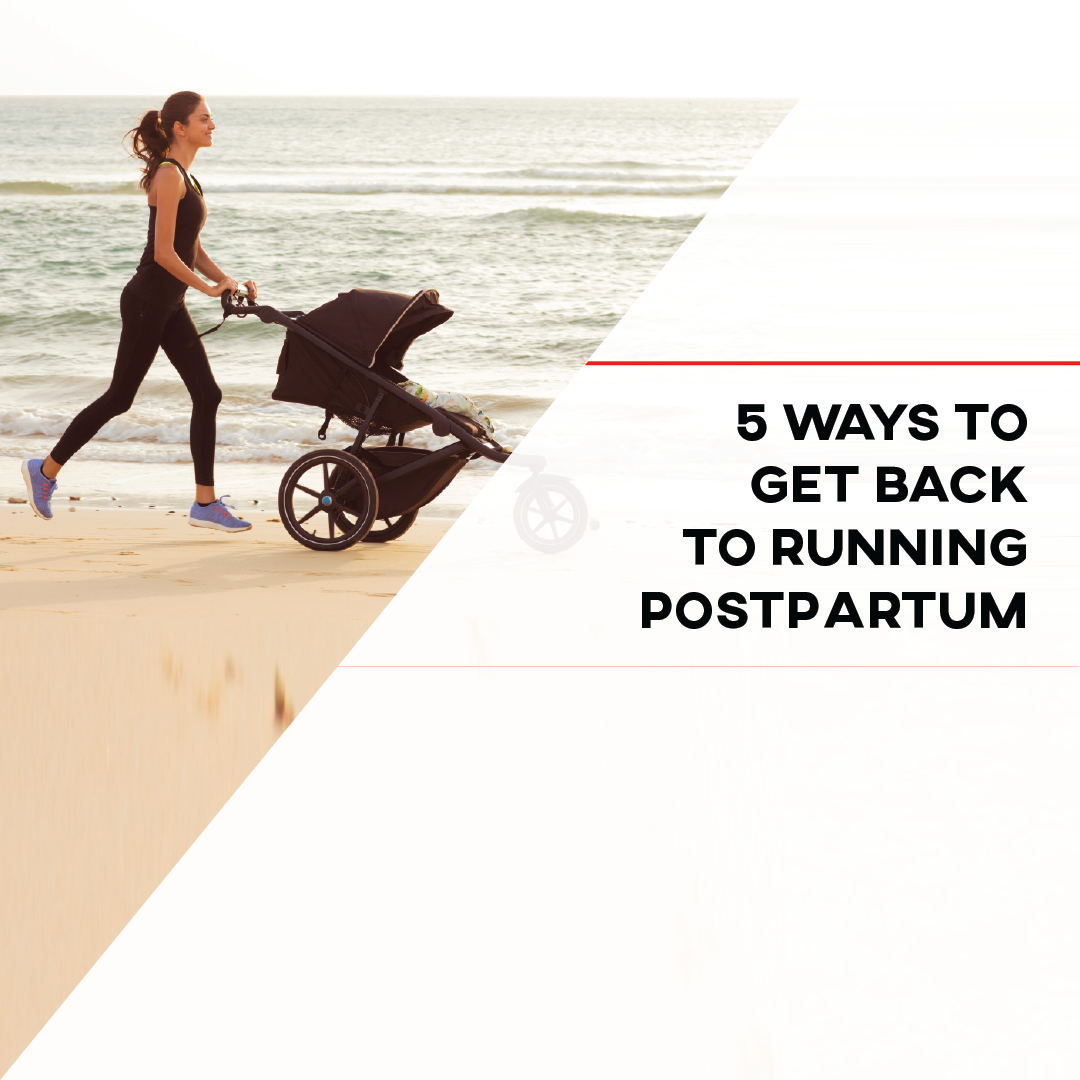
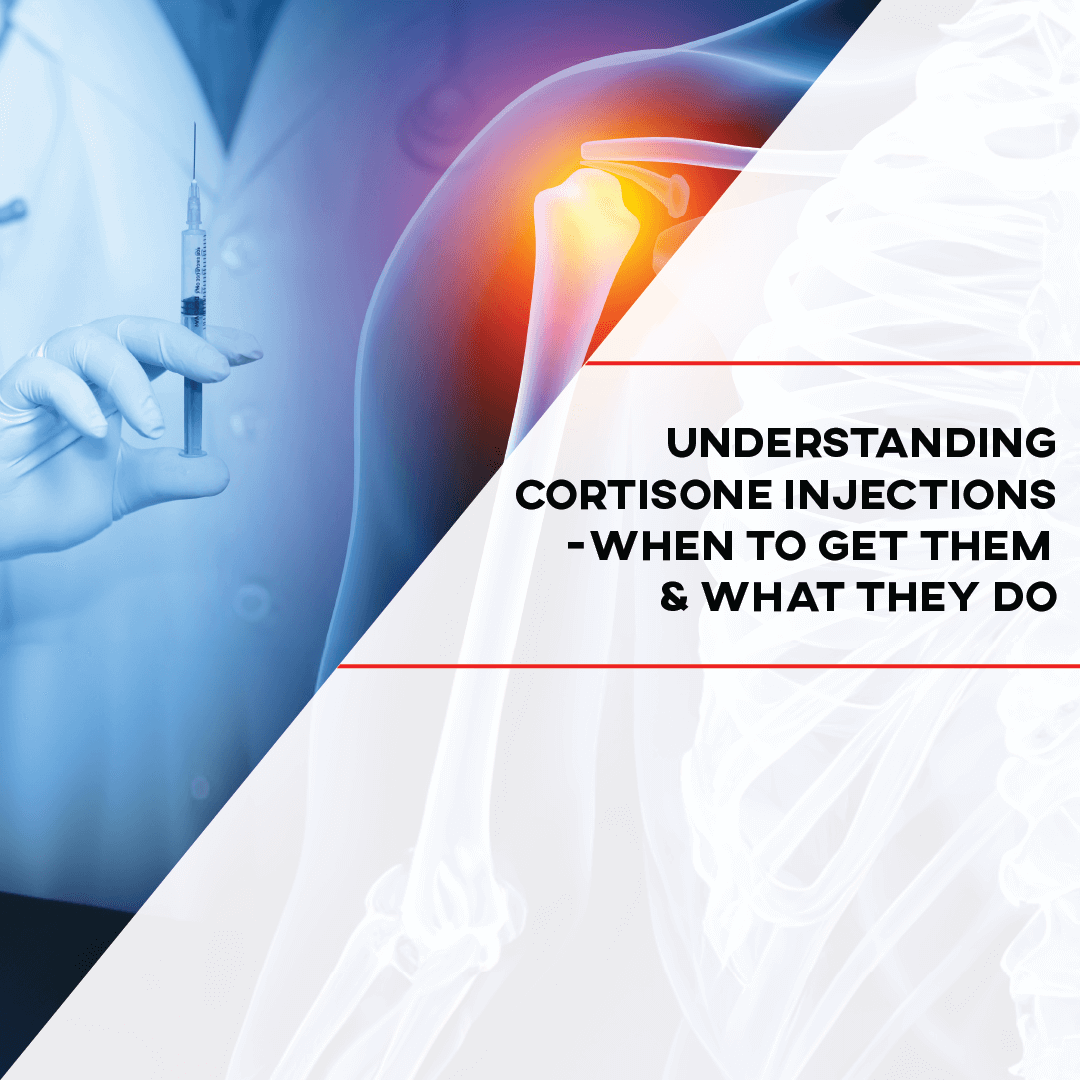

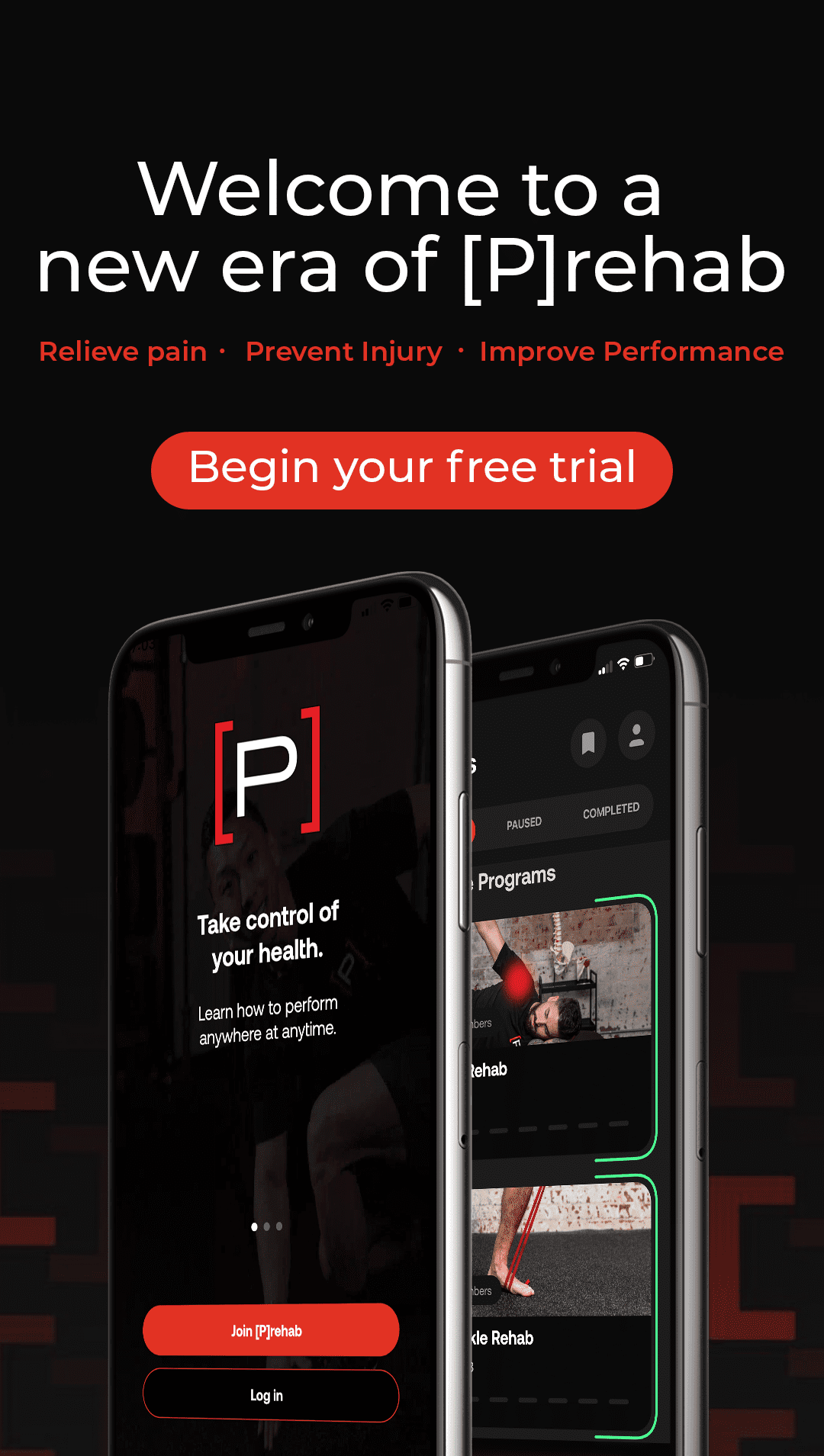



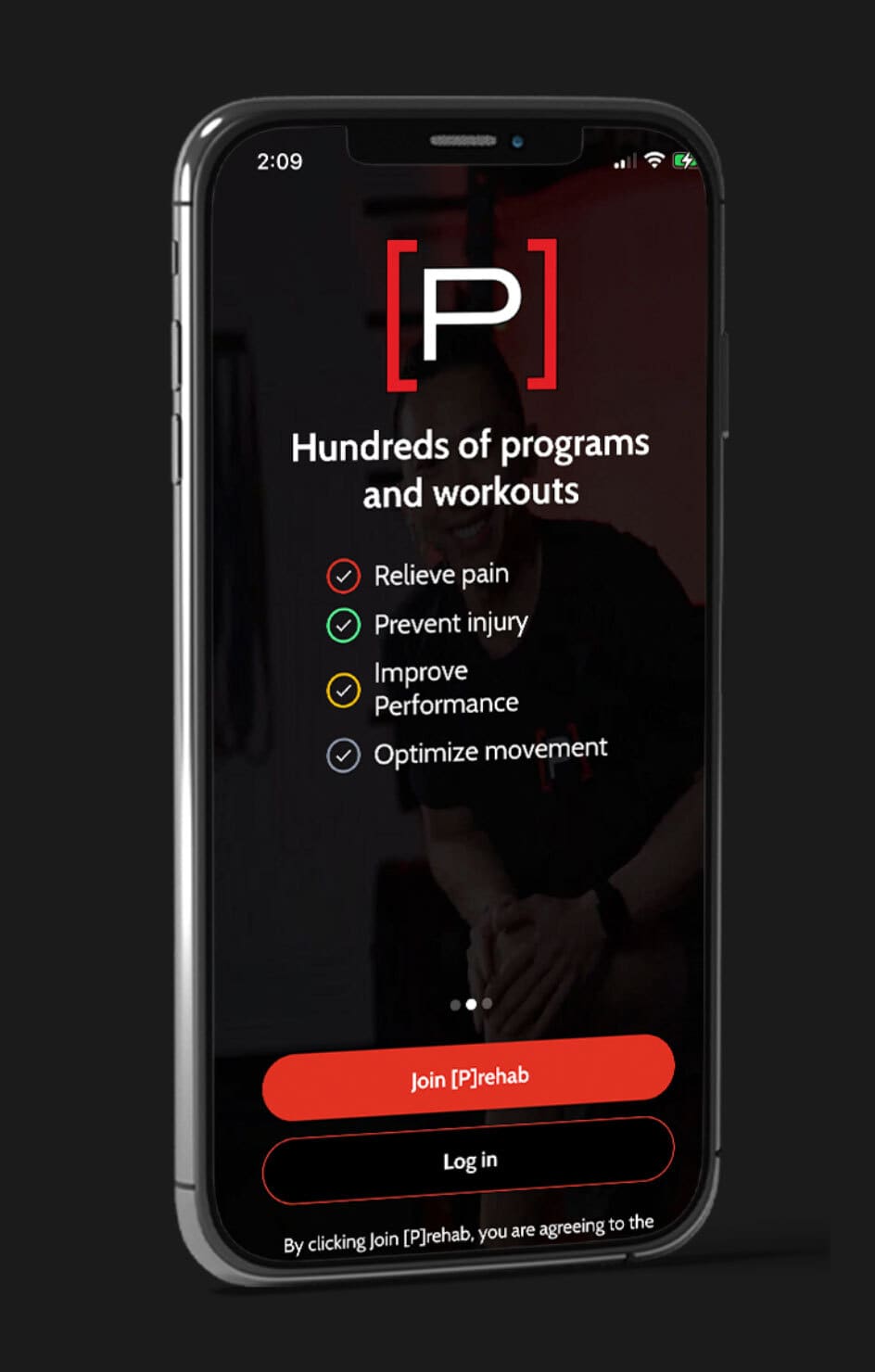

Excellent coverage of such an important issue. Thank you!
You are very welcome, thank you for your support!